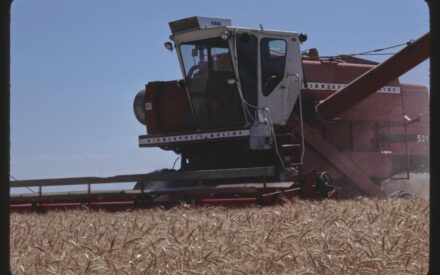Crop Insurance is a risk management tool available to farms through which they may insure their farm’s production in a given year. If you don’t have any production, what do you have to market? In reality, not much, if anything.
Farms are able to utilize grain marketing tools because of the opportunities presented to them through the overall grain futures markets. Crop Insurance is definitely not part of that marketing system, but the base of Revenue Protection policies is that system.
In one sense, when you purchase a Revenue Protection policy, you are actively participating in the Futures market for that crop. How? Your final revenue guarantee is based on the higher of the Base Price or the Harvest Price. If the market goes up, you gain protection at no extra cost.
Crop insurance provides production coverage. By doing so, it allows you to enter into pre-harvest grain pricing opportunities with the assurance of having resources to cover those opportunities even in a bad production year. It certainly isn’t a requirement to have crop insurance coverage for your marketing, but it is a sound risk management technique that many farms utilize.
Example
Here is an example of the interactions between insurance and marketing decisions.
Golden Corn Farms plans to raise 1000 acres of corn next year. They purchase a 75% Revenue Protection insurance policy using Enterprise Units, with overall actual production history (APH) of 165 bu/acre. How many bushels are covered under this policy?
1000 acres X 165 bu/acre X 75% = 123,750 bushels at the announced Base Price
With a Revenue Protection policy, they don’t exactly have bushels guaranteed, but dollars. The dollars can be used to buy bushels if they decide to forward contract 120,000 bushels of grain for harvest delivery but only harvest 106,000.
If Golden Corn Farms had not purchased any crop insurance in this scenario, they would have to purchase 14,000 bushels of corn from other farms to meet their contractual obligations. Granted, in some years, this is not difficult.
Realistically in our scenario, if they are short corn, most other area farms will also be short and finding those bushels may be an expensive challenge through which they end up losing money.


 Crop Insurance Basics
Crop Insurance Basics Crop Insurance Coverage Levels and Insurance Units
Crop Insurance Coverage Levels and Insurance Units Crop Insurance Policy Types
Crop Insurance Policy Types A Brief History of Crop Insurance
A Brief History of Crop Insurance


